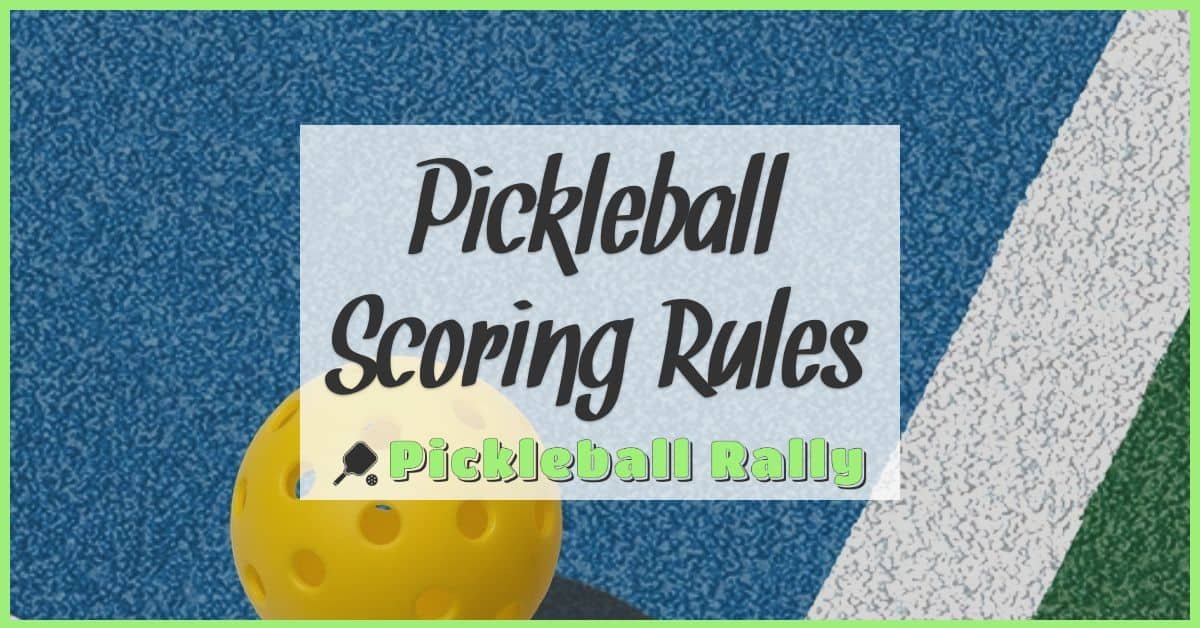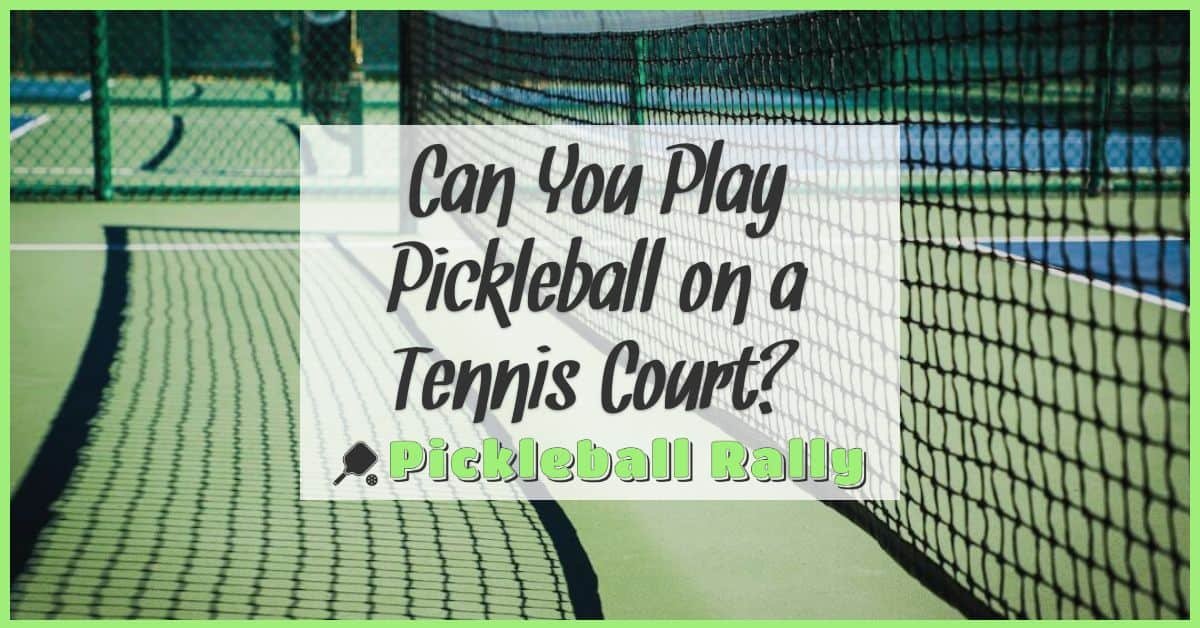Pickleball has quickly become one of the most popular sports for all ages. It’s easy to learn, fun to play, and a great way to stay active with friends or family. Whether you’re new to the game or just want to brush up on the basics, we’ve got you covered.
Understanding Pickleball Basics
Getting a solid grasp of pickleball basics sets the foundation for improving our game. We’ll cover what pickleball is, the essential gear, and the court setup to get us started confidently.
What Is Pickleball?
Pickleball combines elements of tennis, badminton, and ping-pong. We play with a paddle and a plastic ball with holes, aiming to hit the ball over the net into the opponent’s court. Games run as singles or doubles, with doubles the most common format. The rules promote quick rallies and strategic placements, making the sport both fun and fast-paced.
Equipment Needed to Play Pickleball
We gear up with three key items to play:
- Paddle: Lightweight paddles come in composite, wood, or graphite. We choose based on control and power preferences.
- Pickleball: The official ball is a hollow plastic ball with holes, designed for indoor or outdoor play. Indoor balls have larger holes; outdoor balls are more durable.
- Net: The net stands 36 inches high at the sidelines and 34 inches in the center, similar in size to a tennis net but mounted on a smaller court.
Wearing court shoes with good lateral support helps us move swiftly without slipping.
Court Layout and Dimensions
Pickleball courts measure 20 feet wide and 44 feet long, the same for both singles and doubles play. The court divides into these main areas:
- Non-Volley Zone (Kitchen): The 7-foot areas on each side of the net where players cannot volley the ball to prevent smashes close to the net.
- Service Courts: The right and left service areas on each side, doubled for doubles play.
- Baseline and Sidelines: Mark the back and side boundaries of the court.
Understanding this layout guides our movement and shot selection on the court, improving our overall play.
Fundamental Rules of Pickleball
Understanding the fundamental rules lays a strong foundation for enjoying and improving at pickleball. Mastering these basics helps us play confidently and competitively.
Scoring System Explained
Pickleball matches play to 11 points, requiring a 2-point lead to win. We score points only when serving, unlike some racquet sports. Games often follow a best-of-three format, with the third game played to 15 points. Each side serves until a fault occurs, and points accumulate during our serves to decide the match outcome.
| Match Format | Points to Win | Must Win By | Scoring Notes |
|---|---|---|---|
| Standard games | 11 | 2 | Points scored only on our serve |
| Third game (decider) | 15 | 2 | Played if tied at one game each |
Serving Rules and Techniques
The serve starts each point underhand and must clear the non-volley zone, landing diagonally in the opponent’s service court. We serve behind the baseline, with the paddle contacting the ball below the waist. Serving mistakes like stepping into the court or slicing the ball incorrectly often cause faults, so we focus on a smooth, controlled motion. A consistent serve sets the tone for each rally and builds pressure on our opponents.
Faults and Violations to Avoid
A fault ends the rally in favor of the other side. Common faults include serving into the net, hitting the ball out of bounds, stepping into the non-volley zone to volley the ball, and volleying before the ball bounces once on each side after the serve (the two-bounce rule). Keeping track of these rules keeps play fair and competitive, sharpening our skills and strategic choices during matches.
Step-by-Step Guide to Playing Pickleball
Mastering pickleball comes down to understanding the essential skills and applying them consistently. Let’s break down the key actions you’ll use on the court to sharpen your game and build confidence.
Getting Ready to Serve
Begin by standing behind the baseline with your feet shoulder-width apart. Hold the paddle in a relaxed grip and position the pickleball at waist level. Toss the ball up gently, then swing the paddle in an underhand motion, striking the ball below the waist. Focus on accuracy over power, aiming for the diagonal service court. Keep your body balanced and eyes on the ball from toss to contact.
Basic Stroke Techniques: Forehand and Backhand
Use the forehand stroke by turning your body sideways, stepping forward with the opposite foot, and swinging the paddle in a smooth arc from low to high. Keep your wrist firm and contact the ball in front of your body. For the backhand, rotate your shoulders, bring the paddle across your body with both hands if needed, and strike the ball early to maintain control. Both strokes benefit from maintaining a steady, relaxed grip and consistent follow-through.
How to Return a Serve
Position yourself near the baseline, ready to move quickly. Watch the opponent’s paddle angle to anticipate ball direction. Step forward as the ball approaches, and use a controlled paddle angle to block or lightly push the ball back over the net. Aim for placement, targeting open areas rather than just returning power. Staying low with bent knees helps absorb the ball’s impact and prepares you for the next shot.
Playing the Dink Shot and Volley
Approach the non-volley zone cautiously when playing dink shots. Use soft, controlled taps to send the ball just over the net, forcing your opponent to move forward. Keep your paddle face open and wrists relaxed. For volleys, stay balanced and keep the paddle up at chest level. React quickly to incoming shots, using a short punching motion rather than a full swing. Maintaining good positioning near the net maximizes your volley effectiveness.
Moving Strategically on the Court
Move in short, deliberate steps to maintain balance and readiness. Anticipate your opponent’s shots to position yourself early. Communicate with your partner in doubles, covering zones without overlapping unnecessarily. Shift your weight forward to stay agile and avoid planting your feet for too long. Efficient court movement increases your reaction speed and control during rallies.
Tips for Improving Your Pickleball Game
Improving at pickleball takes focus and practice. We’ve gathered key tips to help you refine your skills, move smarter on the court, and play strategically to win more points.
Practicing Consistently
Regular practice builds muscle memory and sharpens reaction time. We recommend setting aside time at least 3-4 times a week for focused drills like serving accuracy, dinking, and volley control. Joining local clinics or playing with varied partners challenges your adaptability. Tracking progress by recording practice sessions or match stats guides improvement areas efficiently.
Enhancing Footwork and Positioning
Effective footwork keeps us balanced and ready to respond quickly. We emphasize small, light steps rather than big lunges to maintain control. Staying low with knees slightly bent improves stability. Positioning early by anticipating the opponent’s shot and moving into the ready stance cuts down reaction time. Practicing lateral slides and quick pivots helps cover the court evenly.
Developing Game Strategies
Strategic play distinguishes casual players from competitors. We focus on targeting opponents’ weaknesses such as slower backhands or weaker volleys. Mixing shot types—deep drives, soft dinks, and well-placed serves—forces opponents into mistakes. Communicating constantly with your partner signals shifts and setups in doubles. Watching game footage and reviewing opponents’ styles sharpens tactical decisions during matches.
Conclusion
Pickleball offers a fantastic way for us to stay active and have fun, no matter our skill level. As we keep practicing and playing, we’ll find ourselves improving and enjoying the game even more.
Remember, the best part is sharing the experience with friends and family, making every match a chance to connect and grow together. So let’s grab our paddles and get out on the court—the game is waiting!









